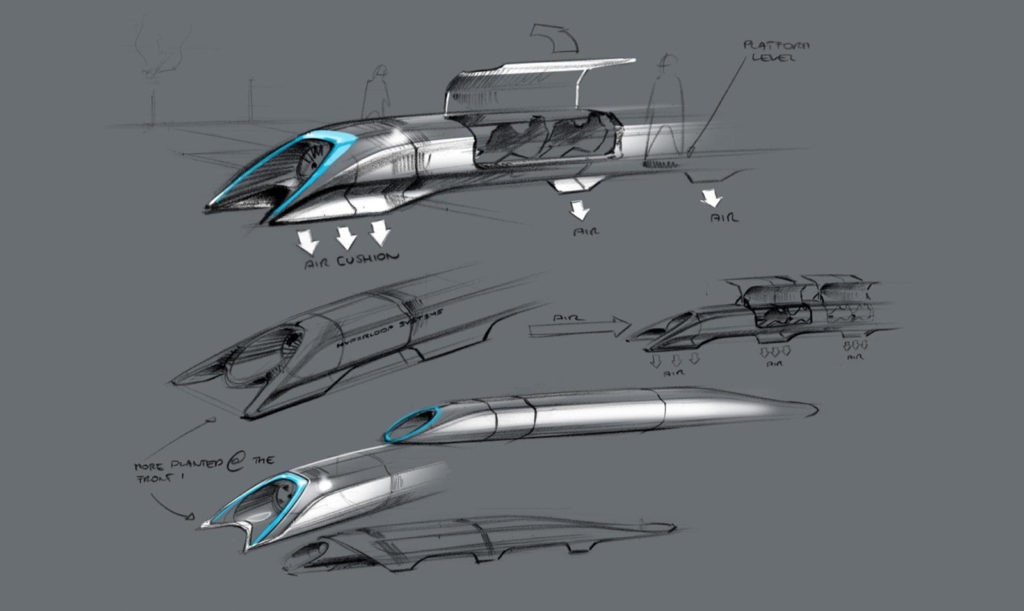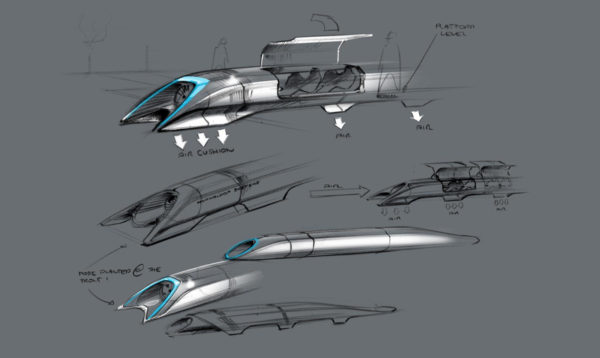In 2012, Musk came up with the idea for high-speed traveling in pods inside a partial-vacuum tube. In 2013, the Tesla founder open sourced the concept in a 57-page paper setting out how it could work – and then stepped back. In order to push the project, Musk took time out from rocket development to sponsor a global competition to develop a subscale prototype of the Hyperloop. The result is a “bewildering array of players and interests, companies and university groups all scrambling under the Hyperloop banner, all competing for resources, next-round funding and media attention over scientific and technological breakthroughs – and all closely guarding their intellectual property”. The participating groups range from global VIP investors to undergraduates.
Open Source Idea, Corporate Implementation
Open sourcing the idea of high-speed traveling to get from London to Edinburgh in just 50 minutes and the incentive of a global competition has sped up the technological development that is usually a main drawback in changing global transport routines and infrastructure projects. Hopes are up that Hyperloop will create a completely new way of getting around. This might be the reason for the wide range of participation and labor input. On the other hand, it is a competition that will have a winner. Once the technology bit is unscrambled and running the nimble bottom-up disruption of transport will fade and the demand-driven industry will take over to ensure a steady flow of corporate pods.
Catriona Bruce, a propulsion engineer for WARR Hyperloop, the German team says: “Firstly, we need to get the technological base right. This is a distributed effort allowing as many people as possible to be creative, rather than placing the burden of design on a few shoulders. Disruptive innovation is just down to luck, and with more people you increase the odds”. The development of an open source idea seems to be far from the open source philosophy. The empowerment of all sorts of people to participate in technological advances and be an active part of the developments related to that technology is clearly not the driving force in the Hyperloop competition. “It’s less open-source, more like an open-air swimming pool with everyone trying to stay above water and compete. In some ways if we were all developing the concept together it may have been better,” says Ryan Janzen, co-founder of Transpod, the Canada-based Hyperloop startup.
A Full-Scale Model to Spark up the Vision
The Spanish company HyperloopTT has revealed its full-scale passenger capsule on October 3, 2018 in Cadiz making the vision come closer to reality. Up until now, tickets for a ride are not available, but illustrators and designers have been busy generating images of that Hyperloop future to power up the work going into an idea that was said to be open source.



